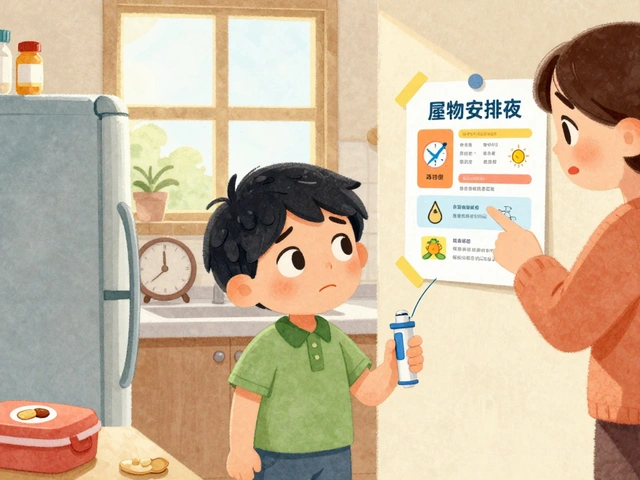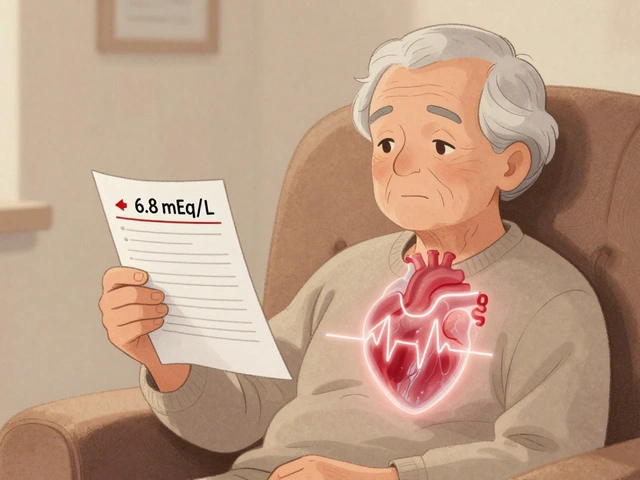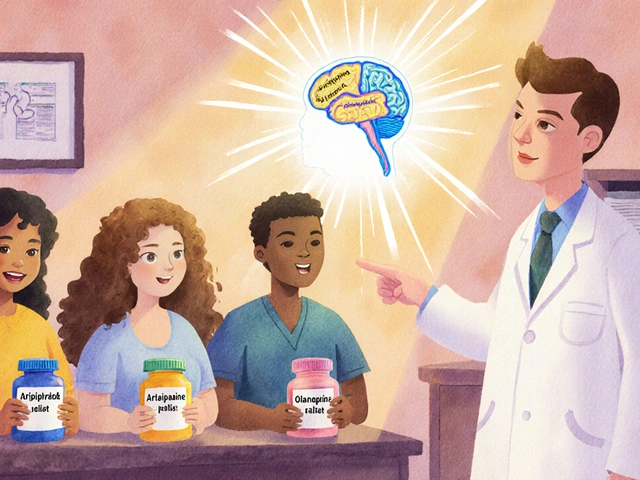Shingles: What to Watch For and What to Do
Seen a painful, blistering rash on one side of your body? That could be shingles. It’s caused by the varicella-zoster virus — the same virus that gives you chickenpox. After chickenpox, the virus can hide in nerves for years and reactivate as shingles. The key is spotting it early and getting treatment fast.
How shingles looks and feels
Shingles often starts with tingling, burning, or sharp pain in a band on one side of the chest, back, or face. A few days later a cluster of red blisters appears. You may also have fever, headache, or upset stomach. If the rash is near your eye, get medical help right away — eye involvement can threaten vision.
Shingles is most common in people over 50 and in people with weakened immune systems. The pain can be intense and, in some people, linger for months or years as postherpetic neuralgia (PHN). Early treatment lowers that risk.
Treatment that actually helps
If you suspect shingles, call a doctor within 72 hours of the rash showing up. Antiviral pills such as acyclovir, valacyclovir, or famciclovir work best when started early — they shorten the outbreak and cut down pain. Your doctor will decide which one is right for you.
For pain, start with acetaminophen or an NSAID. For nerve pain, doctors commonly use gabapentin or pregabalin. Topical lidocaine patches or creams can give local relief. Stronger opioids are only for severe cases and short-term use. Don’t ignore sleep problems — poor sleep makes pain worse.
Keep the rash clean and covered. Cool compresses ease itching and burning. Avoid scratching to reduce infection risk. If you have a weakened immune system, are pregnant, or around newborns, stay away from the rash and contact your healthcare provider — shingles can be risky for others in these groups.
Shingles can’t spread shingles to someone else, but direct contact with fluid from the blisters can give chickenpox to someone who’s never had it or wasn’t vaccinated. Cover the rash until it’s crusted and avoid close contact with pregnant people, infants, and immunocompromised people.
Vaccination is the best prevention. Shingrix is the preferred vaccine — two doses given a few months apart. It’s recommended for adults 50 and older and for some immunocompromised adults. The vaccine lowers the chance of getting shingles and cuts the risk of severe nerve pain if you do get it. Side effects are usually short-lived soreness or tiredness.
Final quick rules: see a doctor fast if you suspect shingles, start antivirals within 72 hours if possible, protect others while your rash is active, and talk to your provider about the Shingrix vaccine. Early action makes a big difference.
16
Can Shingles Be Contagious? Debunking Common Myths
In my latest blog post, I explore the common misconceptions about shingles, particularly regarding its contagiousness. Contrary to popular belief, shingles itself is not contagious. However, the virus that causes shingles, the varicella-zoster virus, can spread from a person with active shingles to another person who has never had chickenpox. But instead of developing shingles, that person would develop chickenpox. It's crucial to understand these distinctions to prevent unnecessary panic and to promote proper precautionary measures.
Latest Posts
Popular Posts
-
 Allergy Action Plan: Essential Medications to Carry and When to Use Them
Allergy Action Plan: Essential Medications to Carry and When to Use Them
-
 Chronic Pancreatitis: Managing Pain, Enzyme Therapy, and Nutrition
Chronic Pancreatitis: Managing Pain, Enzyme Therapy, and Nutrition
-
 Over-the-Counter Medication Safety: Hidden Ingredients and Interactions You Can't Afford to Ignore
Over-the-Counter Medication Safety: Hidden Ingredients and Interactions You Can't Afford to Ignore
-
 Generational Differences: How Age Shapes Attitudes Toward Generic Medications
Generational Differences: How Age Shapes Attitudes Toward Generic Medications
-
 Acromegaly: Understanding Excess Growth Hormone and Effective Treatment Options
Acromegaly: Understanding Excess Growth Hormone and Effective Treatment Options



